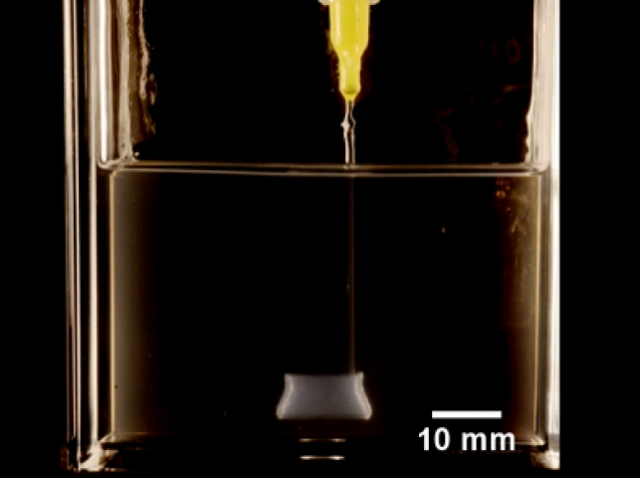Scientists learned to 3D print with silicone in microgel medium
13 May 17Scientists learned to 3D print with silicone in microgel medium

Specialists of the Massachusetts Institute of Technology have recently tested a method of fast additive manufacturing of polyurethane items in suspension, thanks to which there is no need in supports and post processing. Scientists of Florida State University used this method to 3D print silicone items.
Earlier, it was problematic to use silicone for extrusion 3D printing as due to high fluidity it could not hold a specific shape before hardening. The development of MIT researchers has solved the problem. Silicone 3D printing was conducted in the microgel medium, which excellently supports the created but not hardened construction. As far as microgel easily passes from a liquid to a viscous state and vice versa, it can be quickly removed. At the same time, it provides a reliable support and quickly grows together after being damaged.
Such a method could not be used earlier, as usually microgels were water-based, and could not reconcile with silicone. Scientists have slightly changed their composition by using mineral oil instead of water. New microgels are less fluid and more elastic and grow together in a fraction of a second after damages.
Suspension 3D printing allows creating silicone items at a resolution of up to 30 microns and with fine structures of around 80 microns in size.
The development has a rather wide application area. For example, silicone 3D printing can be used to develop customized bioimplants and specialized medical instruments.
Subscribe
Latest News market innovation



